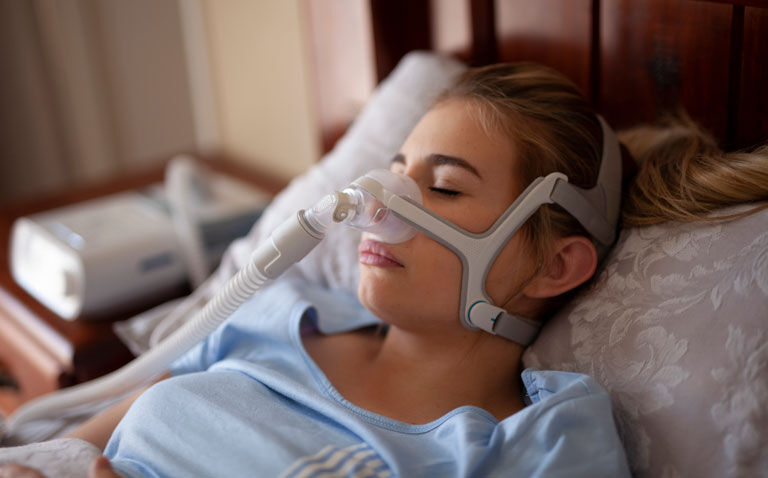Machine learning diffusion tensor imaging models have the potential to screen for brain changes associated with the presence of sleep apnoea.
Two machine learning diffusion tensor imaging models were able to successfully distinguish between healthy controls and patients with obstructive sleep apnoea, according to a study by US researchers from California.
Obstructive sleep apnoea (OSA) is an extremely common condition with a 2019 study estimating that globally, 936 million adults aged 30-69 years have mild to severe disease.
OSA leads to a significant impairment in quality of life related to physical functioning, as well as causing daytime sleepiness, decreased learning skills and neuro-cognitive deficits that include impaired episodic memory, executive function, attention and visuospatial cognitive functions.
The gold standard diagnostic test for OSA is overnight polysomnography which requires a dedicated sleep laboratory and trained staff to interpret the results. In contrast, magnetic resonance imaging (MRI) and, in particular, diffusion tensor magnetic resonance imaging, has already been used to reveal how global brain mean diffusivity values are significantly reduced in OSA compared with controls.
The increased use of machine learning models with various imaging modalities, led the US researchers to wonder if a machine learning diffusion tensor imaging model might be able to detect the brain changes associated with OSA. After all, this approach had already been successfully used to identify major depressive disorder.
For the present study, the team focused to two types of machine learning models; a support vector machine (SVM) and a random forest (RF) to assess mean diffusivity maps from brain MRI scans. Both models were trained and compared for their ability to accurately identify OSA and cross-validated within the training dataset.
Machine learning diffusion model’s accuracy for detecting OSA
The researchers recruited 59 patients (mean age 50.2 years, 61% male) with OSA and who had been recently diagnosed through overnight polysomnography with at least moderate disease severity and who were also treatment naive. In addition, 18 OSA and 29 control patients who were not included in the training set and to assess the predictive accuracy of the models.
The cross-validation process showed that the accuracy of the SVM model was 0.73 whereas the RF model was 0.77, i.e. both models showed similar fitting accuracy for OSA and control data. Similarly, the area under the receiver-operator curve was 0.85 for the RF model and 0.84 for the SVM model.
The authors concluded that both the RF and SVM models were comparable for the diagnosis of OSA and suggested that either could be used as a screening tool for OSA in patients where diffusion tensor imaging data was available.
Citation
Pang Bo et al. Machine learning approach for obstructive sleep apnea screening using brain diffusion tensor imaging J Sleep Res 2022.










